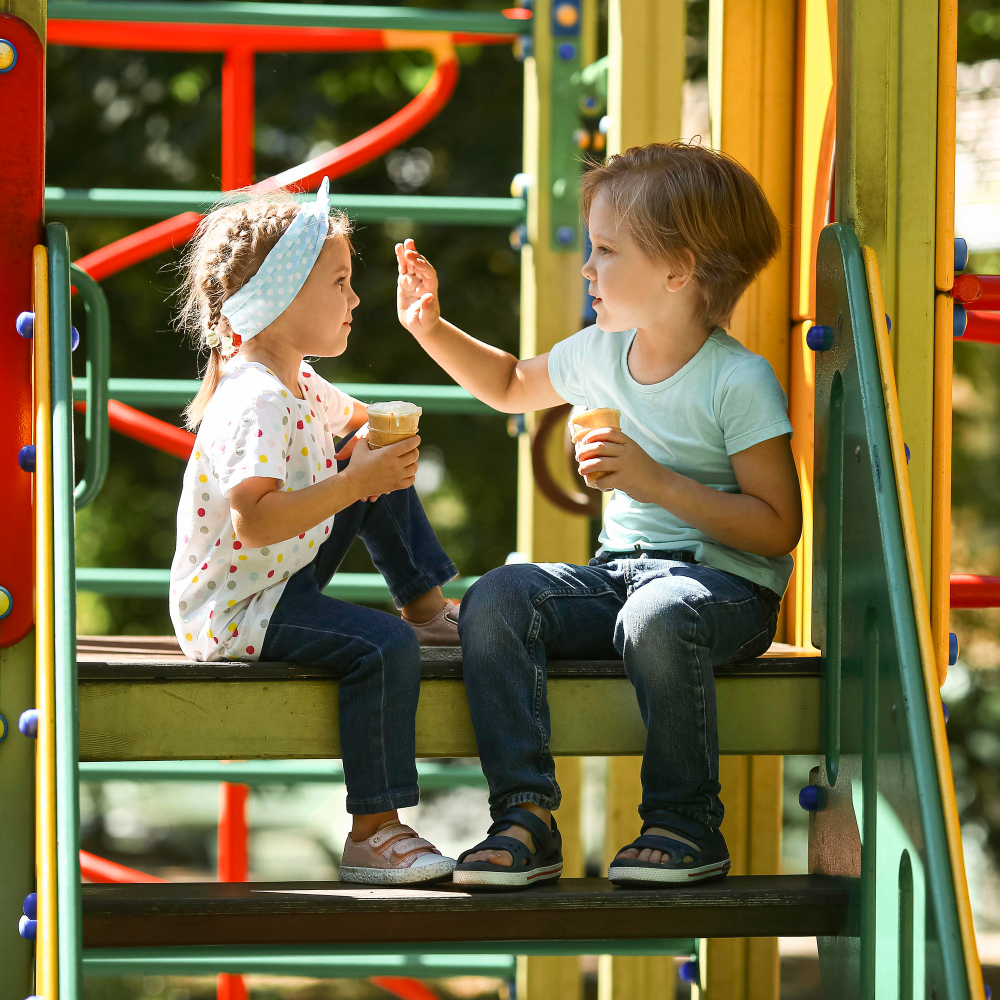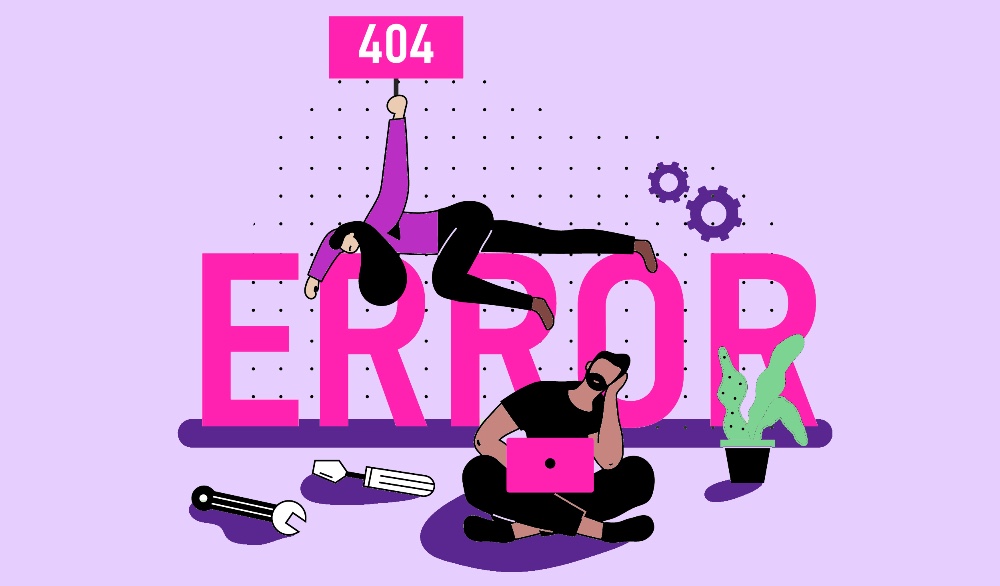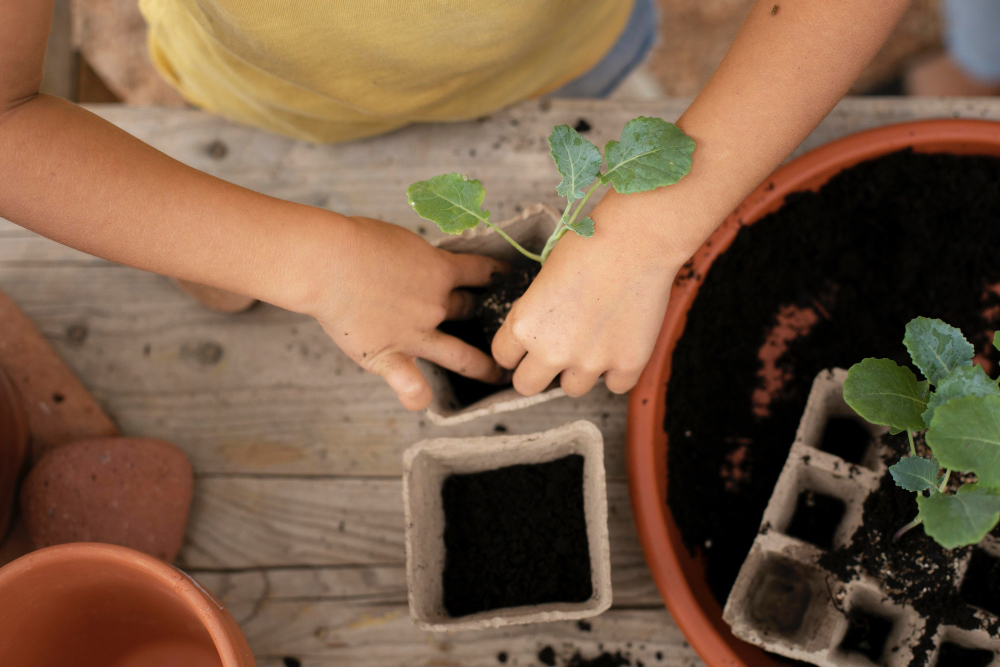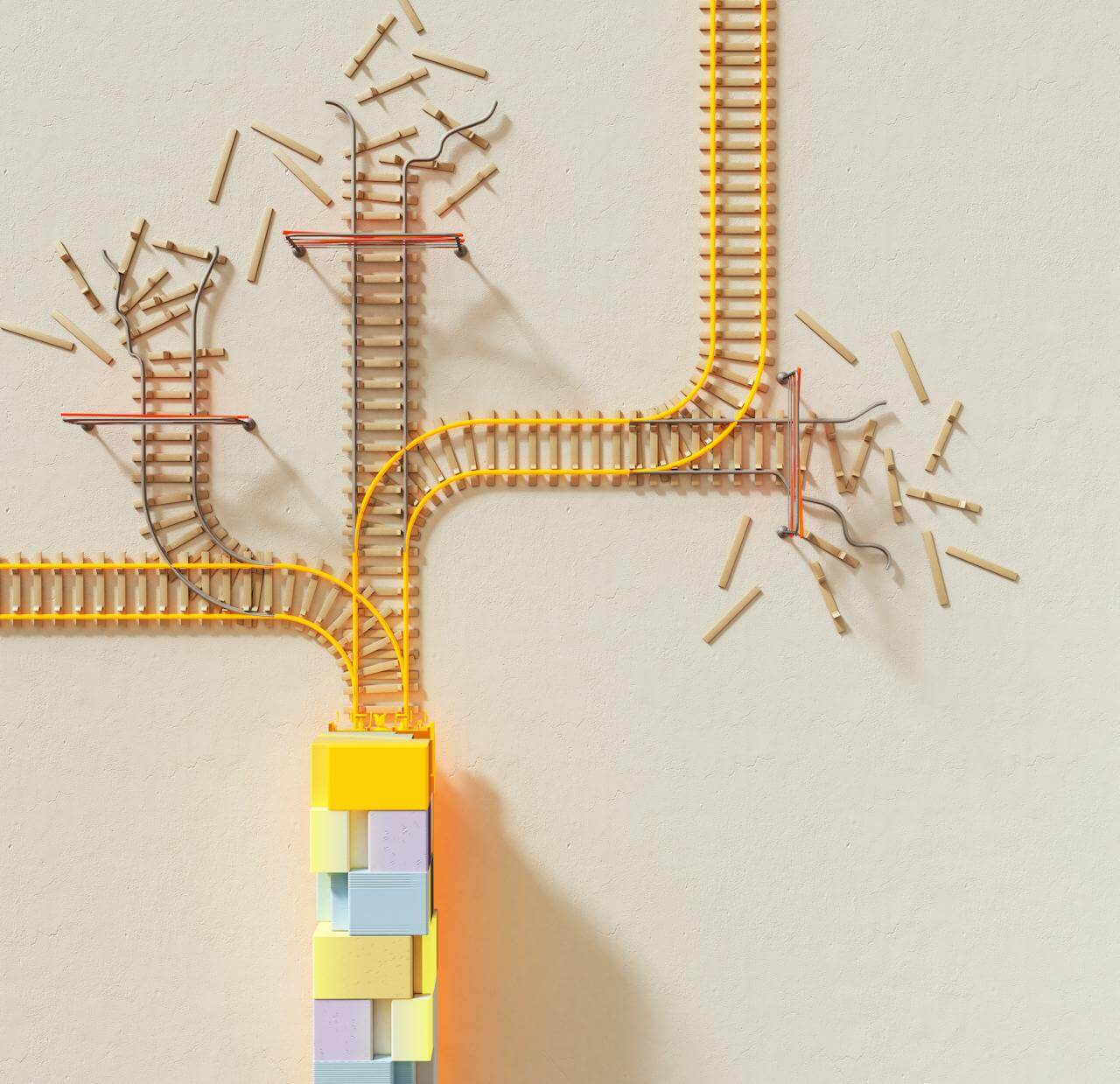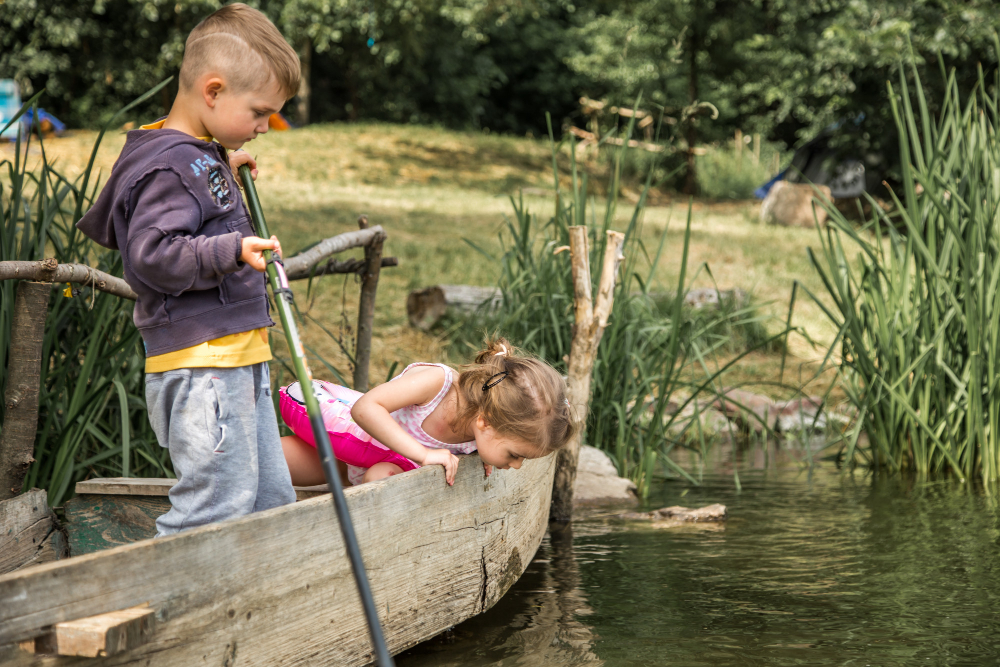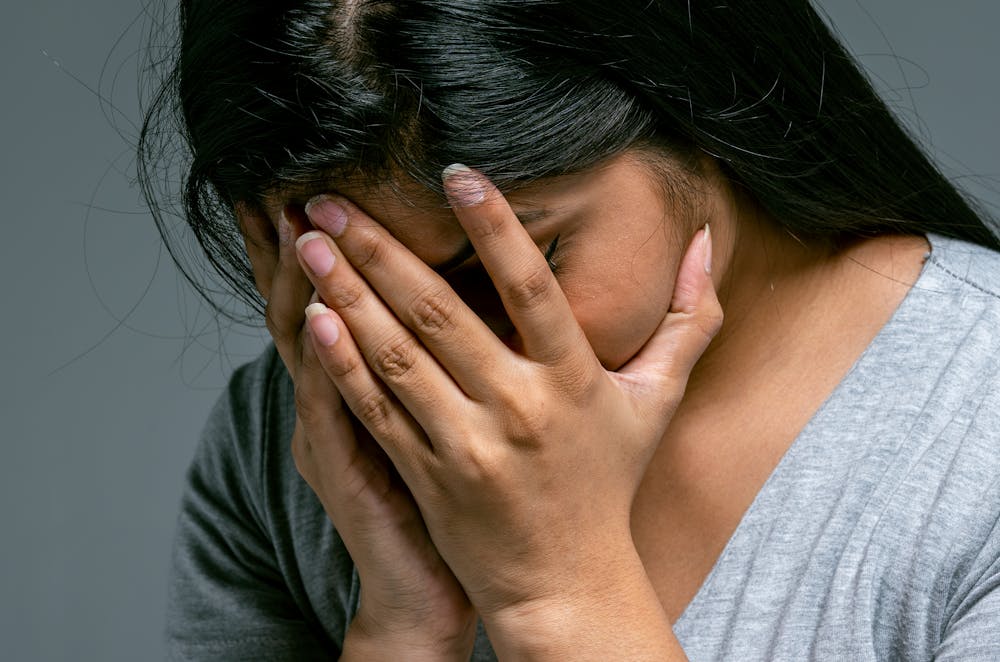It began with daily incidents that were anything but small. My son repeatedly hugged my daughter against her will, pressing into her space while she pulled away, asking for it to stop. She reported that when she turned to supervision aides for help, they told her it was fine because they were siblings. Staff framed forced touch as natural closeness, praising her patience while ignoring her refusals. The school treated her body as a stand‑in for the support they refused to provide her brother.
I wrote to the school and named the truth directly: my daughter’s body was being used without her consent, and staff were normalising it. I said this could not continue. The response was to treat my words as the problem. The principal told me the language I used was concerning and suggested we focus on “positive interactions.” That phrase smothered the urgency, replacing the truth with this strange, unhelpful gunk of forced optimism.
My daughter’s perspective
It would have been powerful if the school had ever taken my daughter’s perspective seriously, but they never did. She was unlikely to convey her feelings directly to staff because she already knew her words would be dismissed. She told me she felt assaulted and that the teachers should help me if I’m being hurt and I ask.
This went on for weeks. I kept raising it, and the school kept letting it fester. They were more concerned about the intensity of my words than about the daily reality of a girl being touched against her will. My daughter seethed with anger. One day she spoke with unfiltered clarity: “I never want him to touch me again and I want him to play on the opposite side of the playground. Fuck him.” She had tried softer refusals and had been ignored, so she reached for the sharpest words she could find. Her anger was her last defence, and still the school framed it as excess.
At home it took constant vigilance to keep peace between them. We managed it by being fully present, attentive, intervening when needed. The idea that they could be left to sort it out themselves at school was ludicrous. The negligence at school spilled into our home, carried through the door after pickup, turning every evening into a tinderbox. Parents lived on high alert, children lived on edge.
Obfuscation of accountability
At school, my daughter was praised when she erased herself, when she absorbed his distress, when she took on the role of caregiver. My son was left without proper support until his pain erupted, and then his eruptions were labelled volatility instead of exclusion. Both children were caught in the same trap: her coerced labour covering systemic gaps, his breakdowns finally forcing recognition. Neither was treated as fully human.
The strain on me grew intolerable. Sending your children somewhere you cannot trust they will be safe is a form of torture. I spiralled. I researched tiny islands where I imagined disappearing. My insomnia raged. My PTSD resurfaced. I went back to therapy. I dissociated because it felt unbearable to live in a body that kept sending children into harm. I prayed for some external crisis—a sickness, an accident—anything that might rupture the cycle and give us relief.
I began keeping my son home—calling in sick, letting him sleep in, giving him space—because sending him to school felt like betrayal. Or if my daughter was sick, maybe she needed a few extra days of recovery? It seemed school managed, if I could just send one of my disabled children, like there was an allotment for care and we exceeded our ration normally.
These choices were born from desperation, but the school read them as parental whim. We can’t help your child if they’re not here. Or some variation of the same refrain they always use when you fucking give up. They twisted acts of protection into evidence that exclusion was voluntary, using my pain as proof of their innocence.
Betrayed on the playground
Then came the saddest moment. On the playground, on a day his sister wasn’t nearby, my son got hurt. His instinct in those moments is always fight. He came up punching, just as I had warned he would without proper support. He hit one of his closest friends, repeatedly, and frightened him. That single moment ripped a fragile friendship, a friendship that had given him joy and belonging.
The school reframed even this as a family issue, as if it belonged to us alone, while continuing to polish their language of inclusion and positivity. Their words acted like armour. Every phrase was a shield against accountability. My family’s collapse became their defence. This is the machinery of nonperformativity: words that absorb testimony, neutralise truth, and protect the institution while children and families shatter.
Nonperformativity, as defined by Sara Ahmed, describes how institutions make declarations of commitment—such as “we value inclusion” or “we take accessibility seriously”—that do not actually bring change into being. The words function as evidence of action while blocking the transformation they claim to announce, so speech itself becomes a shield against accountability rather than a pathway to care. The Nonperformativity of Antiracism
-
No good news on government K-12 page
The BC k-12 portal promises inclusion, yet broken links and missing disability guidance reveal gaps in safety and access.
What remains
What remains is grief: grief at watching my children’s relationship fray under a pressure they should never have carried, grief at friendships fractured because the structures that should have protected him were absent. Never going on an afterschool playdate, because he was made a pariah by being constantly under-supported.
What remains is guilt: guilt that my daughter had to scream her boundaries to be heard, guilt that my son was driven to hurt a friend he loved. What remains is exhaustion: exhaustion from seeing every refusal twisted into evidence of choice, every plea reframed as exaggeration, every truth wrapped in the suffocating gauze of “positivity.”
And yet what remains most of all is clarity. These were not private family struggles. They were the direct results of systemic failures. They were acts of institutional violence dressed in the costume of care.
-
Engineered famine in public education
In British Columbia schools today, we are not facing a behaviour crisis—we are facing a famine of care. This essay weaves together personal memory, systemic critique, and deep empathy for teachers and families alike to ask why our schools are starving the very…

